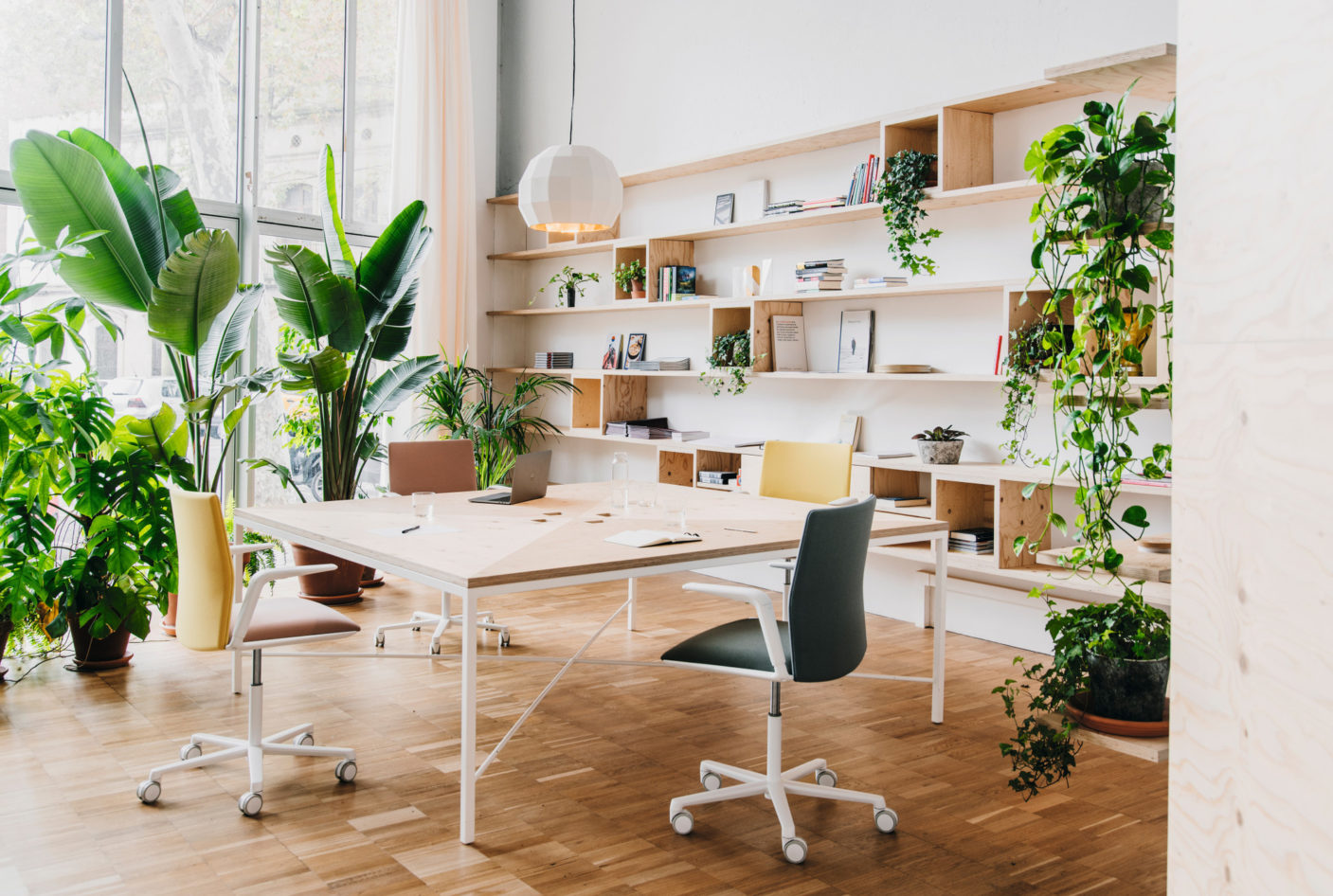
Τhe physical space we work in every day has a significant impact on our physical and mental wellbeing. Companies that have invested in redesigning their offices to maximize health benefits have seen a huge impact on their employees, from improvements in individuals’ moods and productivity, to increased collaboration and a sense of belonging.
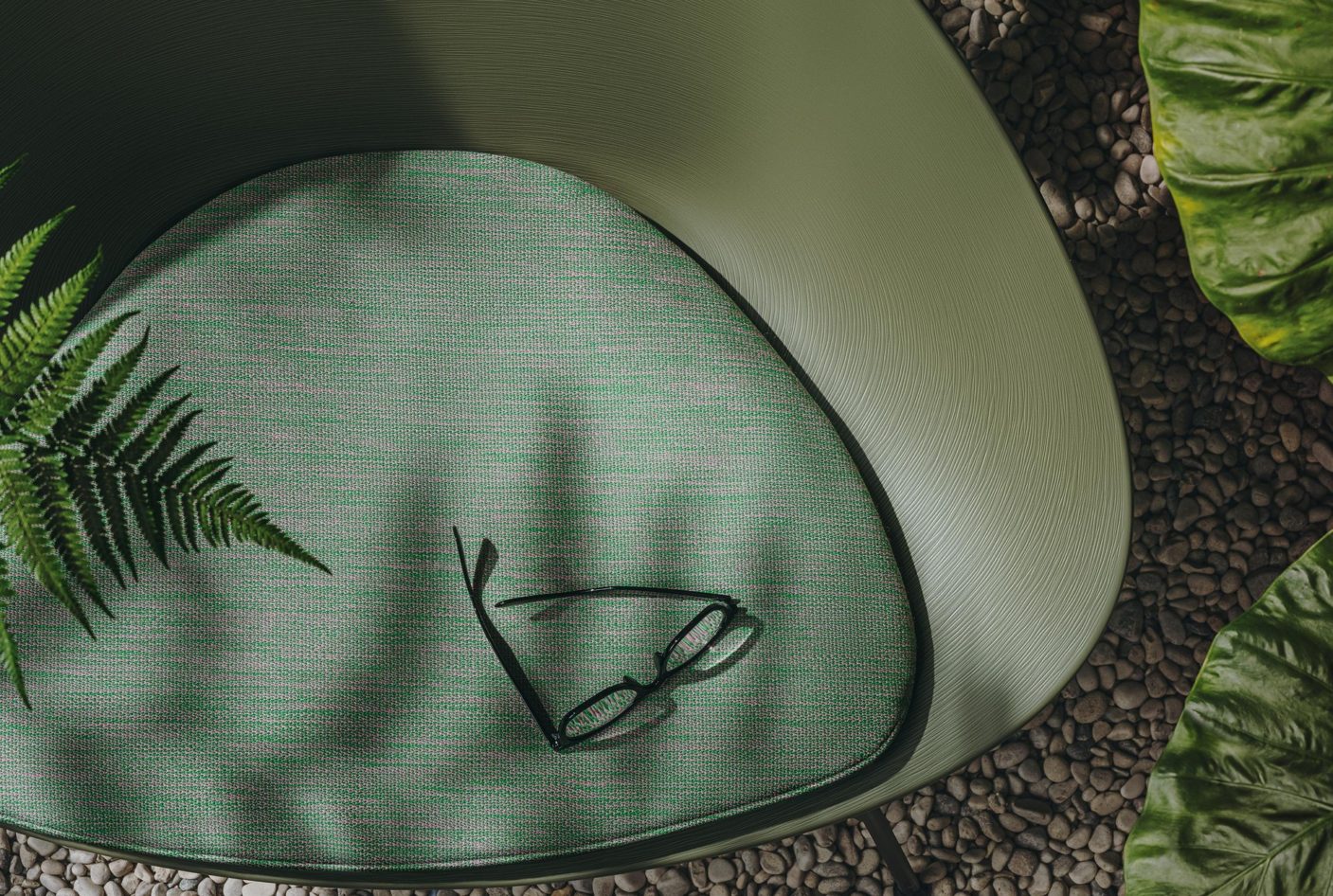
In an increasingly developed world, where contact with the natural environment is increasingly complicated, in 2030, 60% of the world’s population will live in urban environments, new workspaces are using primary concepts, such as emotion, visual stimulation and comfort, to work closely with nature in order to develop the well-being of workers.
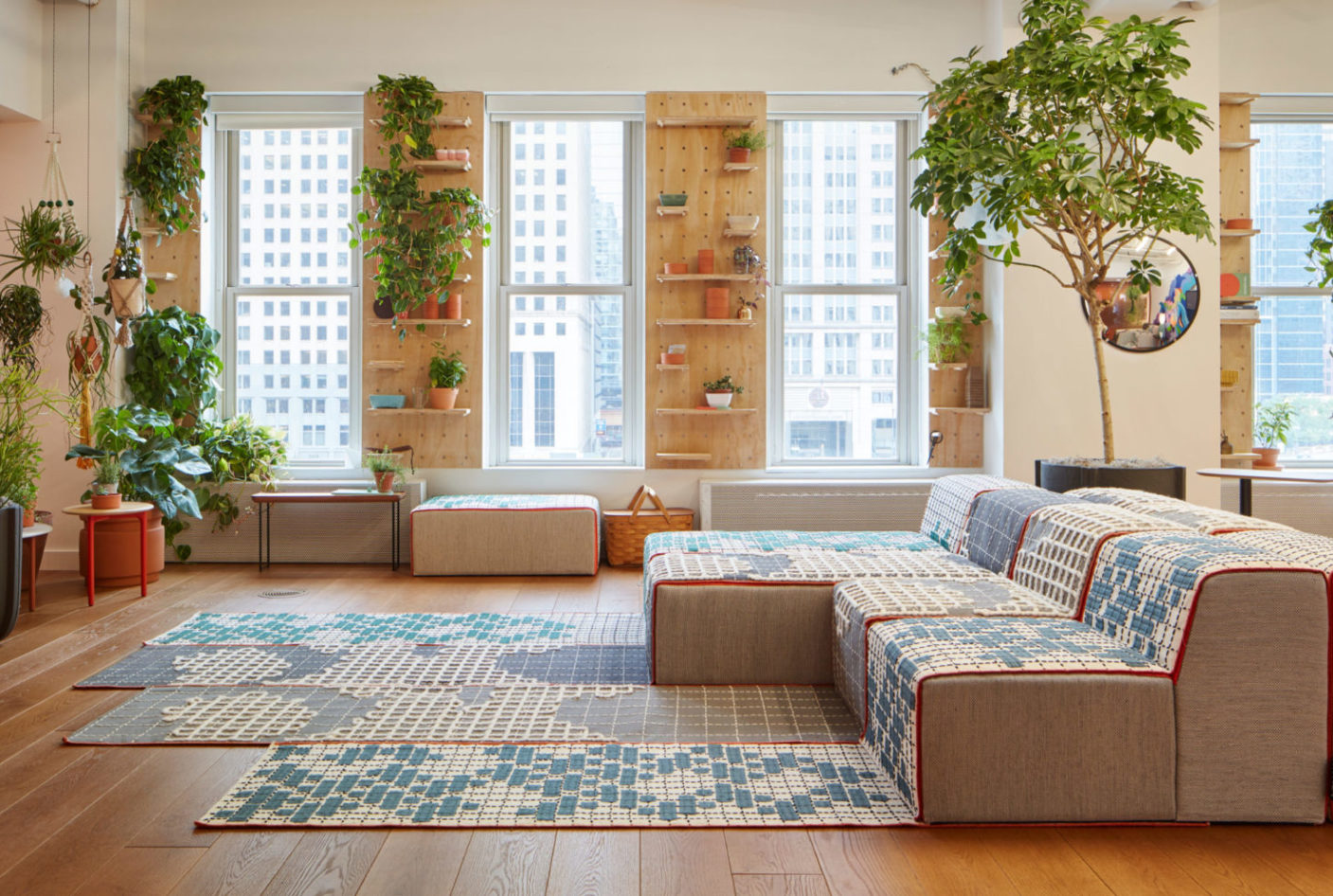
Bringing the outdoors in with plants and natural light!
The biophilia hypothesis indicates that humans seek out connections with nature and other living beings and that these connections improve our wellbeing. Not surprisingly, numerous surveys indicate that natural day light is the most important aspect of workplace design and that employees with plants around their offices experienced a 30-60 percent reduction in stress levels.
Light has a direct impact on our mental wellbeing, so much so that doctors recommend a minimum of four hours of sunlight per day. This is in part because light releases hormones like serotonin, which helps to balance our mood. A lack of serotonin is widely understood as the cause of seasonal depression.
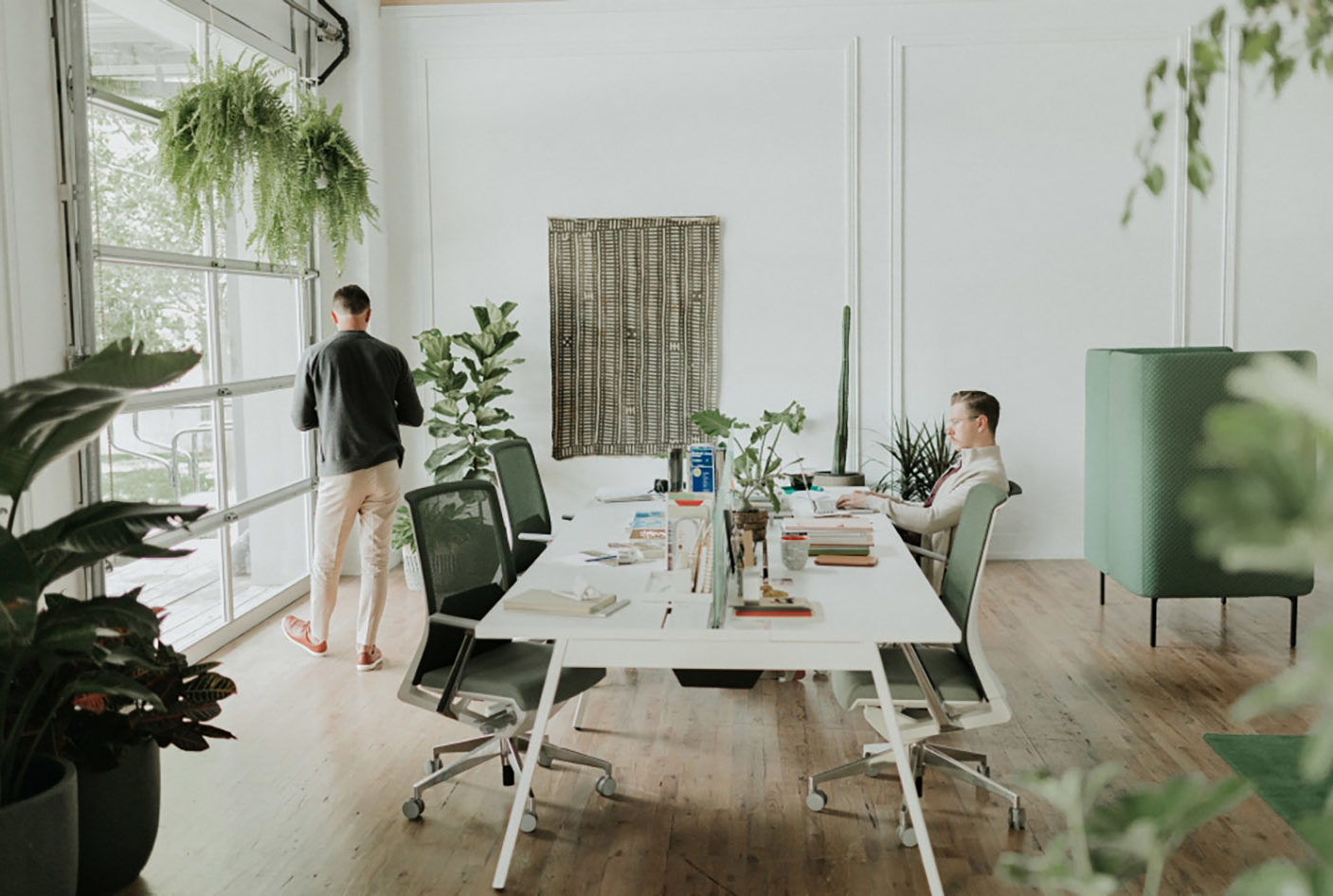
Biophilia is introduced through the integration of natural materials, patterns and plants and is bringing a design element critical to mental wellbeing in the workplace. If space for potted plants is limited, an option is the creation of “living walls” or “vertical gardens,” which feature an array of plants planted vertically against a wall or within another structure. Vertical green walls can be built on wheels so they may be moved around the office.
Although the architecture sometimes makes it impossible to offer natural lighting or views, biophilia offers alternative ways to mimic nature inside. Shapes, textures and colours inspired by natural environments, are combined with plants that not only decorate, but also humanize, illuminate, brighten, oxygenate, circulate and regulate.
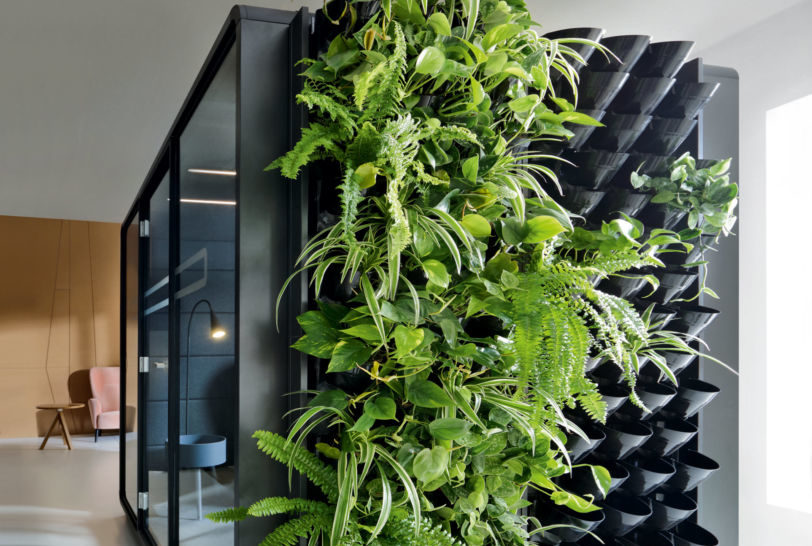
If the LEED certification is committed to sustainability, through greater energy efficiency of buildings, characteristics such as air and light quality, thermal and acoustic comfort, biophilia or materials are evaluated by WELL. A valuable instrument that focusses on people’s well-being and guarantees healthy and considerate workspaces with the environment.
Because, if between 60 to 70% of our health is determined by the environment and we spend around 90% of the time in enclosed places where the level of contamination is several times higher than outside, it is essential to create work spaces where we feel good.
Photographic material: Haworth, Arper, BuzziSpace, Mikomax Smart Office